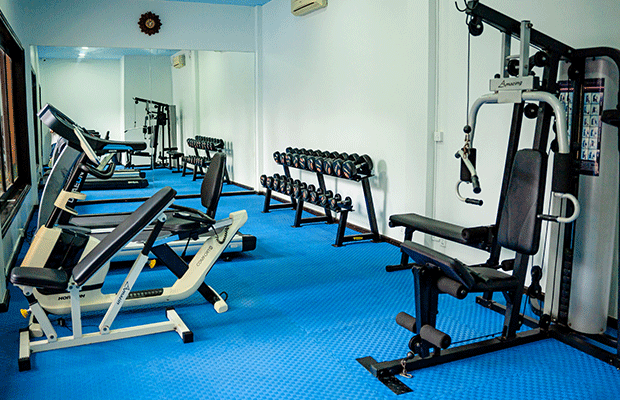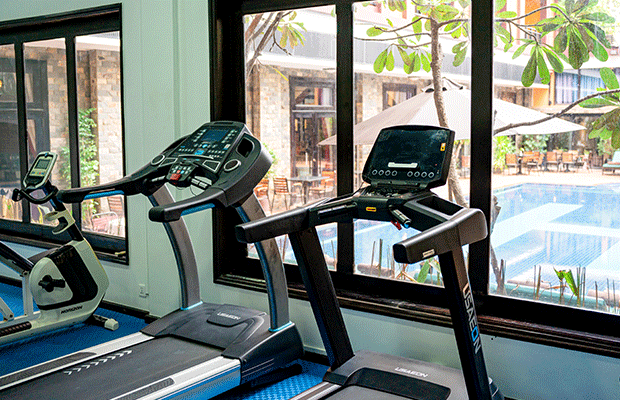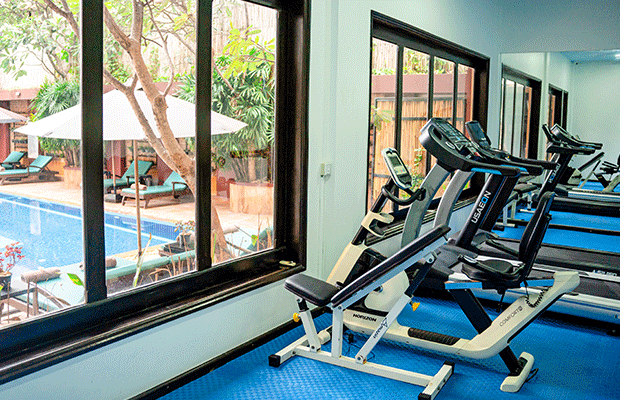We are delighted to introduce our sister property, Sokchea Kampot Hotel, located in the picturesque town of Kampot. Sokchea Kampot Hotel offers the same exceptional service and luxurious amenities as Sokchea Angkor Hotel, providing an ideal getaway for travelers seeking tranquility and charm.
Nestled in the charming province of Kampot, Cambodia, Sokchea Kampot Hotel offers a serene and comfortable base for visitors looking to explore the riverside town, its colonial heritage and surrounding countryside. Located at 668 Andong Khmer Street Nil, Krong Kampot 070804, the hotel is positioned in a quiet neighborhood near the river and within easy reach of the town centre.
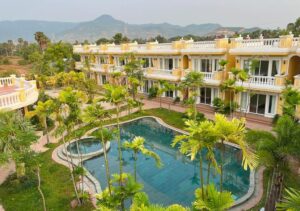
The hotel features an outdoor swimming pool surrounded by garden or pool-view rooms, which is a rare treat in the region and a great way to unwind after a day of sightseeing. Every guest room includes modern amenities such as air-conditioning, a flat-screen TV, free WiFi, a safety deposit box, coffee/tea making facilities, and a private bathroom with hot water. The 24-hour reception, free bicycle rental and tour arrangement service further enhance the convenience for travellers.
Beyond the rooms and amenities, the hotel strikes a nice balance between being close enough to the town for convenience and far enough to offer peace and quiet. Guest reviews highlight the “beautiful oasis” feeling that the place provides, with regular mention of the pool, the staff’s kindness and the calm location.
Room Types
Sokchea Kampot Hotel offers a range of room types designed to serve solo travellers, couples and families. Here is a snapshot of the key categories:
-
Deluxe King: Approximately 36 m² in size, this room comes with a king-sized bed, a balcony (or ground-floor access), and views of the surrounding mountains. It includes air-conditioning, private bathroom, flat-screen TV and free WiFi.

-
Deluxe Twin Room: Also about 36 m², this variant features twin beds, a balcony, and views over the pool, garden or mountains. Suited to friends travelling together or families needing separate beds.
-
Deluxe Premium King: Offers the same footprint (36 m²) but adds extra touches such as a terrace and a bath in the bathroom, catering to travellers wanting a bit more luxury. Mountain views are included.

-
Deluxe Premium Twin: At around 47 m², this room gives more space and twin beds, with terrace access and a bath, making it a good choice for families or groups.
-
Deluxe Family Suite with Balcony: This suite is about 83 m², includes three double beds, terrace access, mountain views and all the modern amenities. Ideal for families with children or groups requiring more space.
-
Deluxe Family Suite: At 73 m², this version is slightly smaller but still provides a spacious setting for families, with balcony, mountain views, bath, terrace and free WiFi.

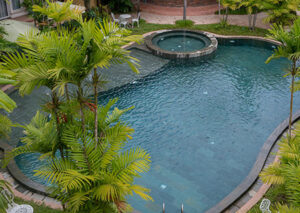
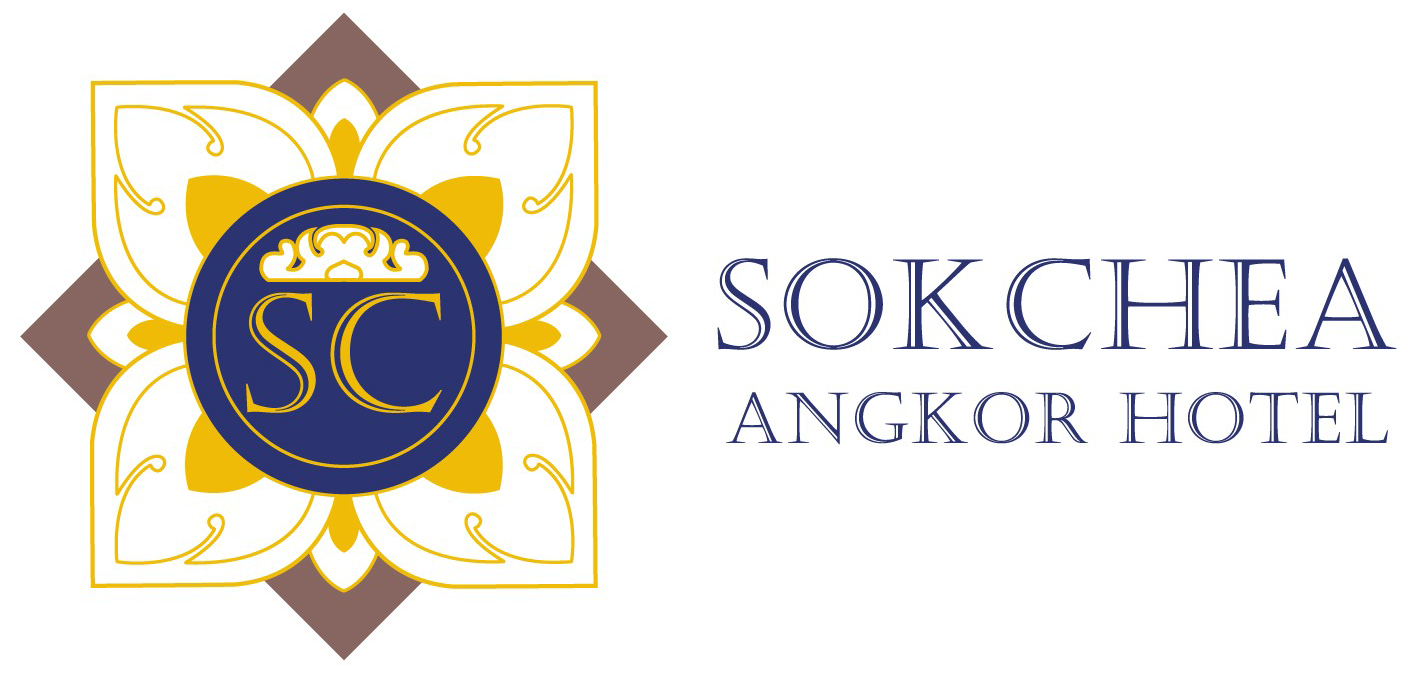
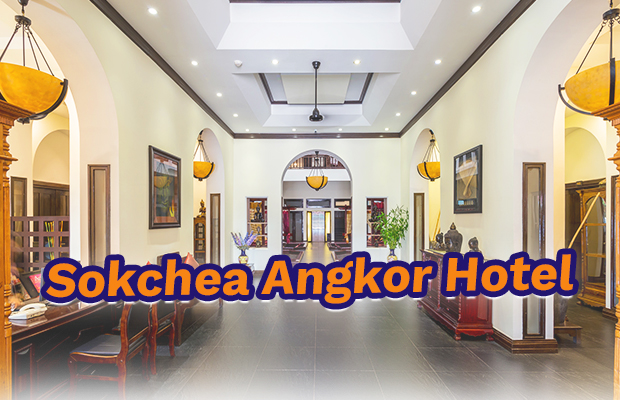
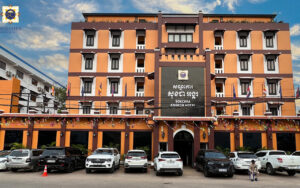

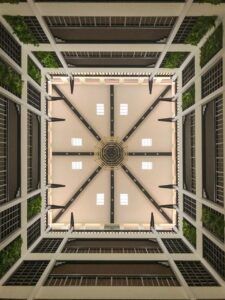 The hotel’s interior design also merges colonial elegance with Khmer touches. High ceilings and wide corridors, characteristic of French Colonial architecture, ensure airflow and natural light, which were practical features adapted to the tropical climate. Meanwhile, the choice of traditional patterns, warm wood tones, and handcrafted décor pieces pay tribute to Khmer artistry. This thoughtful combination creates an environment that is both comfortable and culturally immersive.
The hotel’s interior design also merges colonial elegance with Khmer touches. High ceilings and wide corridors, characteristic of French Colonial architecture, ensure airflow and natural light, which were practical features adapted to the tropical climate. Meanwhile, the choice of traditional patterns, warm wood tones, and handcrafted décor pieces pay tribute to Khmer artistry. This thoughtful combination creates an environment that is both comfortable and culturally immersive.
